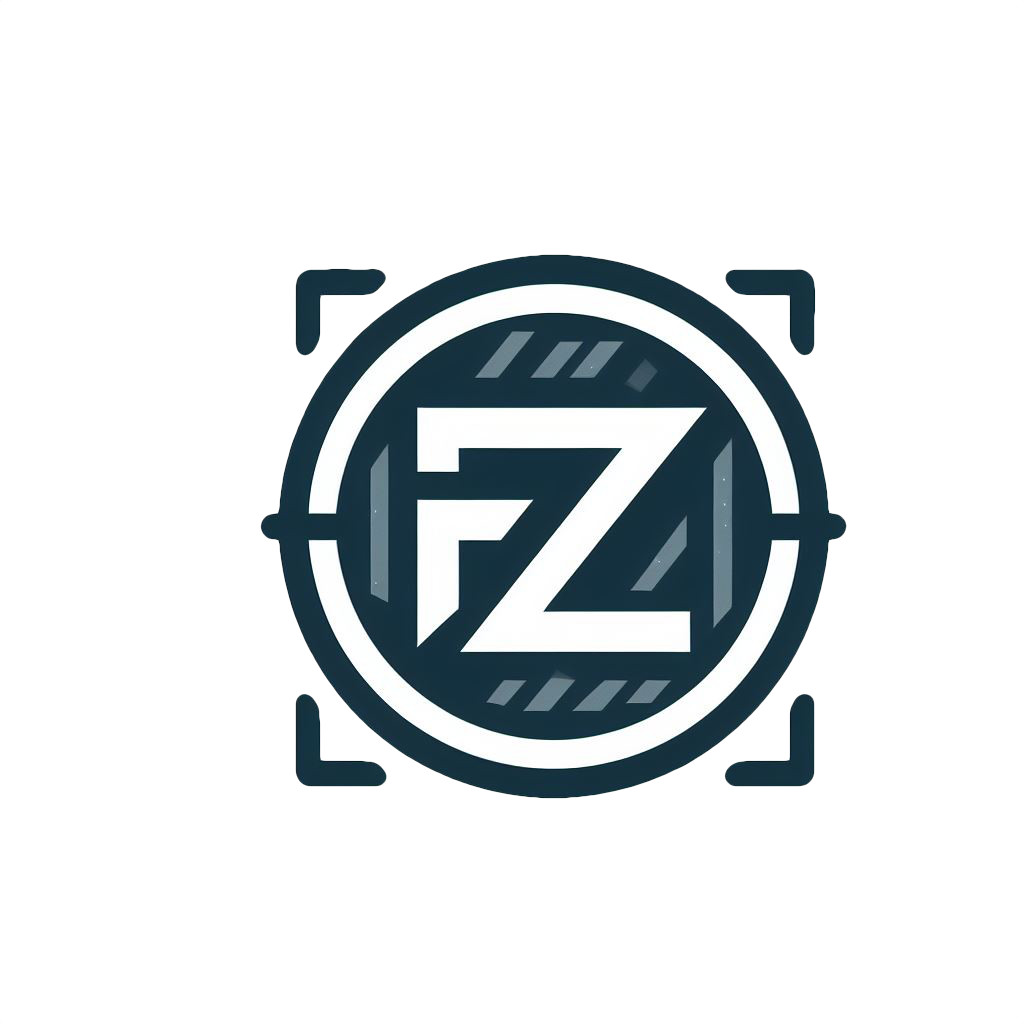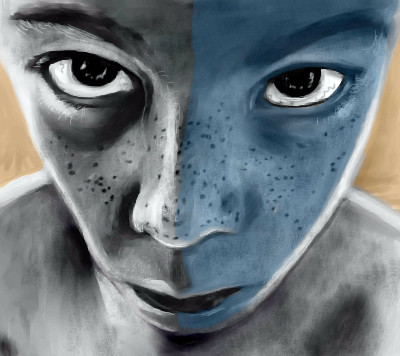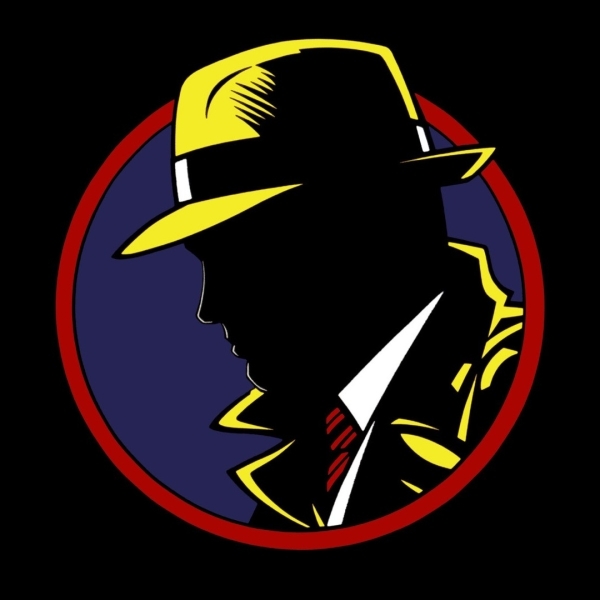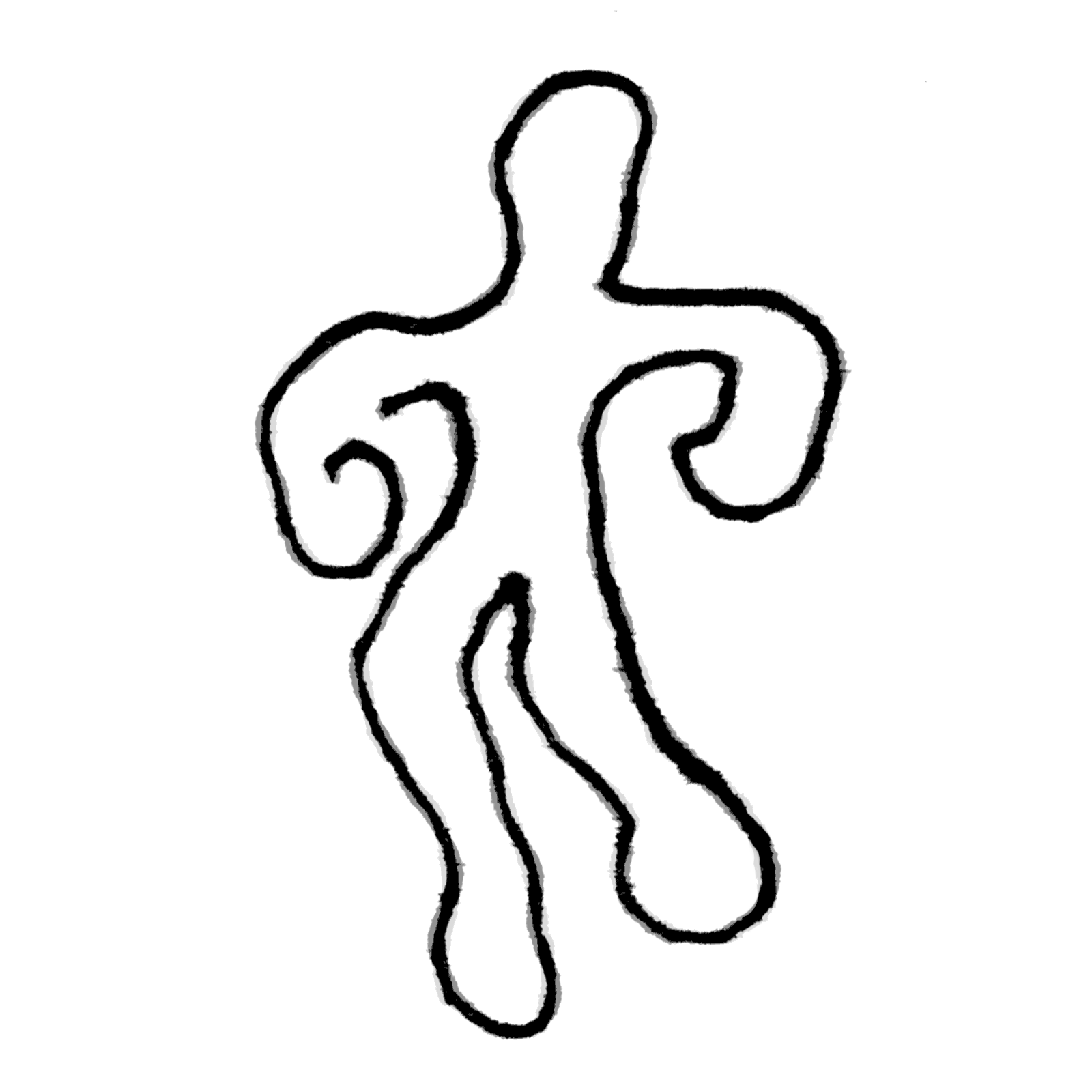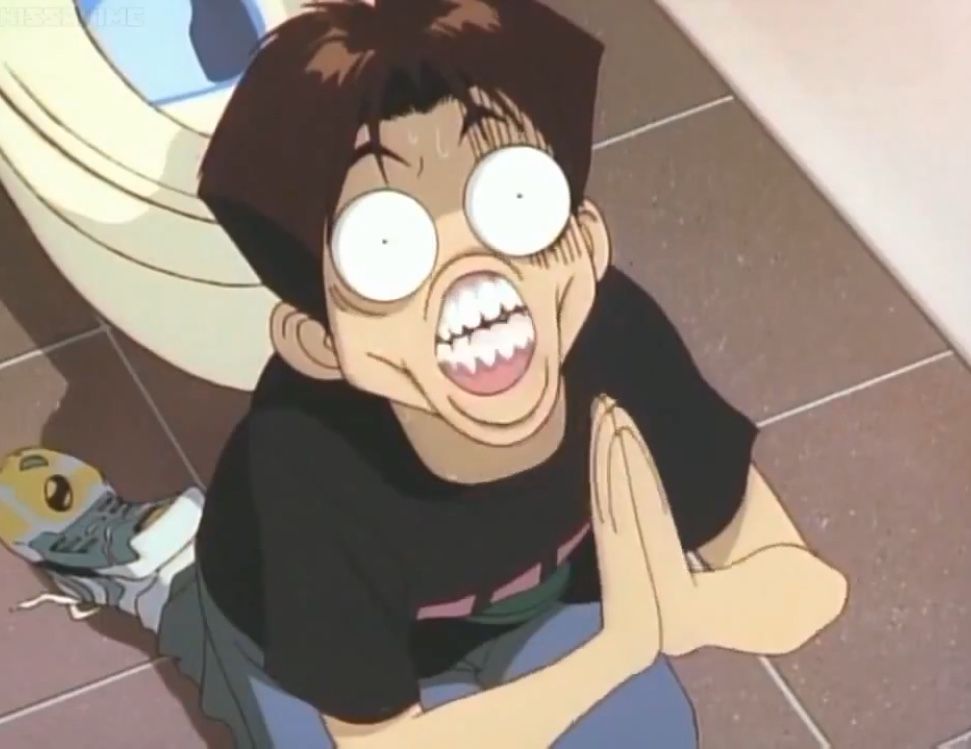Features:
- Highly customizable
- In-app screenshot editing
- Upload to online platforms
- Command-line interface (CLI)
Platforms:
- Linux
- Windows
- MacOS
Link: flameshot.org.
I think all those buttons immediately visible would scare a lot of non-technical people.
Goddammit Steve Jobs, you’re dead! Stop trying to impose your ideals on us from beyond the grave!
A great tool, wish they had a feature that would allow you to add plugins/add-ons such as OCR, GIF Maker etc. Similar to what FlowLauncher offers plugins wise. (FlowLauncher is a FOSS system wide search engine for windows).
Any reason to use Flow Launcher over Power toys Run?
FlowLauncher looks neat, like KRunner for Windows. Thanks for sharing
How did you change the color? IIRC it’s purple by default
It’s the first thing you see when you open the configuration window: Interface > UI Color Editor > Main Color
Thanks buddy
I use greenshot at work, and have been looking for something for my Linux box. I’ll give this a shot. Thanks for sharing.
There’s also an app called Shutter that works quite well
I second Shutter on Linux, too.
For Windows, I recommend ShareX. It feels more modern than Greenshot, has more features and is more customizable. And it’s open-source: https://github.com/ShareX/ShareX
I’ve been using lightshot for years and love it, might have to try others out just to see what else is out there
I’ve never been able to get this to work in a stock debain 12 / gnome environment.
Use Flameshot every day. Love it.
Two tips for users:
-
Check out this page for info on customizing the key bindings you use within the app to suit your needs: https://flameshot.org/docs/guide/key-bindings/
-
Same page has instructions for choosing which key-combo should bring up the GUI. I’m on Ubuntu and had to do special steps to make it work with the PrintScr key but it’s so easy to use now!
Flameshot was great, but for me, no window select (on Win) and no plan to implement is a deal breaker, thoughi understandthe reasons.
Also breaks when moving between docks - has to be restarted, and pinned images go under the screen, if pinned at the bottom (they always shift down).
While I like the UI, it makes it awkward to quickly find the icon needed on small crops, since they keep shifting around.Yah, on Windows I prefer Greenshot (greenshot.org). It’s free, open-source and is so easy to use, I frequently forget it’s running in the background.
-
I often use this over KDE’s inbuilt screenshot tool because this one has a quick way to crop a screenshot
On Mac, with multiple displays, it seems to be broken. Sometimes it targets the wrong display, and mixes the resolutions. Have tried for a while because it seems perfect on Linux.
Will try again in a while
For Mac, I just use the built-in shortcut. Command+shift+4
I just got a Mac. Thanks. I gotta figure out how to turn that into command shift s now lol
Settings -> keyboard -> keyboard shortcuts -> screenshots
(Translated from a different language, so the wording might be a bit different)
If you’re on Mac there is no reason to use this instead of the brilliant Shottr app.
Anyone know a screenshot tool that can do this effect easily and directly? I tried out a lot of tools and I’m unable to find any. Currently I’m using either Inkscape or Illustrator to get this effect. This is really good effect to prepare documentations.
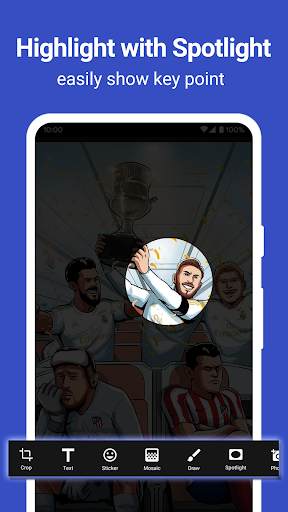
Any reason to use this instead of ShareX?
ShareX is only available for Windows since it relies on some APIs in .NET
.NET works on non-Windows OSes too, at least enough to have a GUI. Avalonia is cross-platform for example. Not only across desktop but also mobile and web.
Doesn’t seem like people think this works consistently on wayland, which was what made the post sound a lot more interesting. Hopefully every desktop will soon get full wayland support and be able to take screenshots without it not working. It seems like getting screenshots in wayland is difficult because of the security stuff.
I really liked it but unfortunately I was not able to get it to work on Wayland (with Hyprland) at all.
It works flawlessly. Yes, currently it takes a bit of tweaking to get it working on Wayland, but once you nail it, flawless and so freaking useful. Once I started using it I find every other screen shot app lacking.
So if you have to get it working on Wayland, I don’t think it works flawless. What exactly did you do?
I agree, but flawless does apply after the tweak/workaround is completed.
- Anyway, if installed from flatpak:
sudo tee /usr/local/bin/flameshot-workaround > /dev/null <<'EOF'#!/bin/bashflameshotEOFsudo chmod a+x /usr/local/bin/flameshot-workaroundAfter this, just make the call from:
/usr/local/bin/flameshot-workaroundinstead of:
flameshot gui- If installed RPM, then make the call from:
script --command "flameshot gui" /dev/nullinstead of:
flameshot guiSo why do that? Seems like you’re just piping the output to null?
Apparently (from what I was able to gather, but I’m certainly no dev) that nullifies the part of Gnome in Wayland that makes it fail and not capture.
Whatever the case, it’s been working flawlessly for me since Fedora 38 on Gnome 44.
/dev/null is a special file in the Linux filesystem that contains only 0s which aren’t actually stored anywhere physically.
People often redirect data there in shell scripts to get rid of it without sending it anywhere else.
Usually data is either redirected with pipes to another command, or it’s saved to some file (or used to manipulate a file by typing the little arrows in Shell scripts, >, standard output). This one seems to just reference a file (at least for the last line).
If you wanna get some dev skills, you can understand just one concept to do it and read basic code like this (especially Bash or Python, or a special coding language called Lisp). Be careful though, because this one concept is dangerous in that it can literally send you insane by altering your worldviews as what you can do with it grows. It’s not necessarily an accurate representation of physical reality; for that you need science.
Are you ready? I hope you are lol
A computer is like one big hollow orb full of other little hollow orbs. They each contain concepts, conceptual data (like in mathematical Lambda Calculus), along with possibly other hollow orbs (coding procedures) that reintegrate with this data. You can store basically any concept in them and have the computer act it out when you’re good at doing it. Lisp programming (where everything is in brackets) acts quite directly like this, and this is the main way I’ve thought about coding stuff.
Terry Davis probably used this concept (but not Lisp) to make his own operating system from scratch, which drove him insane. He thought it was perfect and in a way holy, even though it wasn’t. Hope that helped lol.
Thanks for taking the time to explain this in detail. I have been wanting to get into the actual understanding of Linux commands to a deeper level for years now, but with 2 jobs, 3 kids, 3 dogs and church, what little free time I’ve had I tend to spend either playing some video games or sleeping.
You are right, I should get up off my ass and continue learning, and I will start today, by not entering commands and scripts that I find in the internet blindly (which is what I’ve been doing) but actually finding out what each part does before doing so.
Does this have the ability to scroll and stitch together long documents or web pages?
Why does it remind me of Fossify?
It’s all the green
Of which you can choose the colour yourself
Green is the default
Really? Mine is blue
Mine is purple
I was talking about Fossify apps
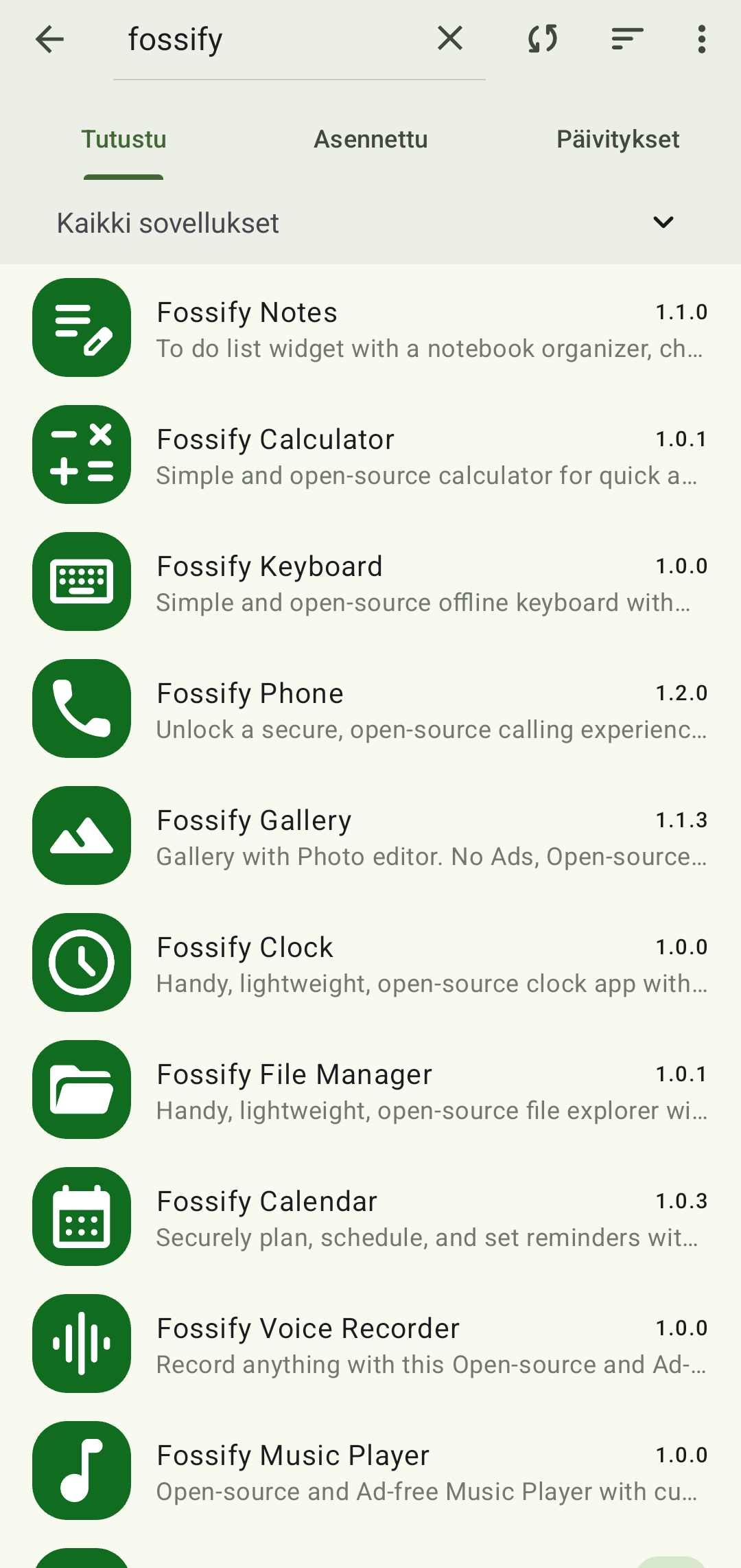
i use this at work, and its great. Only downside is, that the buttons are hard to identify and move depending on the size of the screenshot, so you always have to search for the function you need.
Does anyone have a workaround for this?
For the longest time I used
gnome-screenshotvia shortcuts that execute terminal commands. Nowadays, I use my dedicated print screen button (that probably just executes similar commands and uses gnome-screenshot on the background).No! This has been bugging me for quite some time as well. Other than that, it’s excellent software.
For wayland, i use the combination of grim+slurp+swappy.
I recommend checking out satty as well.



